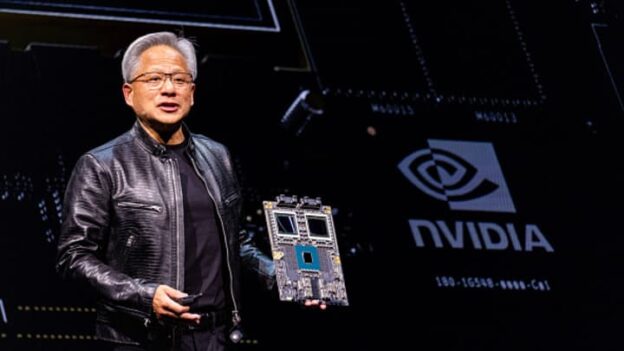Distribution yards, the critical junctions between warehouse facilities and over-the-road (OTR) transportation, have long stood as bottlenecks in supply chain operations.
Each day, millions of trailers and containers pass through these yards — where trucks are loaded, unloaded, and dispatched — with inefficiencies that impact the entire logistics network. Historically, this labor-intensive work has relied on human drivers and manual labor, making it susceptible to inefficiencies and human error
“Think of anything you’re wearing, eating, or building with today. All of that got transferred through these distribution yards, and they’ve been operated much like they have been for several decades,” Andrew Smith, founder and CEO of Outrider, told PYMNTS.
One of the biggest pain points? The yard trucks themselves. Currently, around 60,000 idling diesel-powered yard trucks in the U.S. alone burn through fuel, contributing as much pollution as two to three coal-fired power plants annually.
“Distribution yards have been a big pain point in the supply chain for a long time,” Smith said.
Despite advances in factory automation and long-haul autonomous trucking, yard operations have largely remained in a time capsule. But in a world where consumers expect swift delivery and companies strive to manage rising operational costs, these distribution yards represent an ideal ground for innovation.
Fortunately, distribution yards are being reshaped by autonomous vehicles and robotic systems powered by artificial intelligence (AI).
“There’s a specialized vehicle that Outrider specifically automates, called a yard truck. And these are vehicles that specifically move containers or big semi-trailers in these yard environments,” Smith said.
Autonomy, Robotics Transform Distribution Yards
Outrider’s own solution to optimizing the yard environment is not a humanoid robot or a modified truck but a highly specialized autonomous vehicle equipped with a robotic arm.
This yard truck can autonomously handle complex tasks, such as connecting and disconnecting brake lines on trailers — a task traditionally done manually. Using machine learning and AI, the trucks are also programmed to handle specific yard layouts, positioning trailers with centimeter-level accuracy at designated loading docks.
“When you think about the evolution of AI and machine learning, deep learning, reinforcement learning techniques, it is important to be on the forefront of using those techniques to address the variability in the outdoor distribution yard environment,” Smith explained. This level of automation not only speeds up movement within yards but also minimizes risks associated with heavy machinery and reduces labor demands.
“We built this system from the ground up to address specific challenges in yard operations,” he said, explaining that the vehicles can operate independently or side-by-side with human-operated trucks, offering flexibility in deployment.
Unlike automation in factory settings, which often requires costly infrastructure overhaul, Outrider’s modular design allows yard operators to gradually incorporate autonomous trucks into their existing workflows.
“Outrider is addressing a distinct gap in the logistics chain — between the warehouse door and over-the-road transport,” Smith said. “If you think about where the worst congestion is, the most painful point of an over-the-road trucker’s day is when they actually get to their destination after hours of being on the road, all of a sudden they have to wait in line, getting in and out.”
Future of Autonomous Logistics
Still, Smith emphasized that distribution yards are not isolated environments — they connect with warehouses, production sites, and transportation hubs. Coordinating robotic systems within the broader supply chain framework requires robust interoperability, with technologies capable of communicating with each other and integrating into warehouse management systems (WMS) and transport management systems (TMS).
“We obviously saw during COVID what happens when you disrupt the supply chain. We need to not only bring safety efficiency and sustainability to the supply chain, we need to bring resiliency,” he added.
Safety has always been a top priority in distribution yard operations, where the risks of accidents are high due to large, constantly moving vehicles. Autonomous systems offer a major improvement by eliminating the most common risk factors: human fatigue and error.
“When you automate a yard truck and connect it to a trailer, that is an 80,000-pound robot moving through a distribution center. And so safety redundancy and the extensive testing we do is as important as the actual autonomous magic that takes place in the yard,” Smith explained.
Looking ahead, he sees automation transforming further swatches of the logistics ecosystem. Shuttle truck applications, where trailers are transferred between close facilities, could benefit from automation technology, and Smith envisions a broader role for automation in supply chain resilience, especially in extreme weather.
“It’s one thing to have same-day delivery, it’s another thing to have same-day delivery in a 115 degree heat dome. We see the opportunity for automation or robotics to have a tremendous impact on a more sustainable economy and planet,” Smith explained.
Robots and AI Are Rebuilding the Supply Chain From Ground Up





